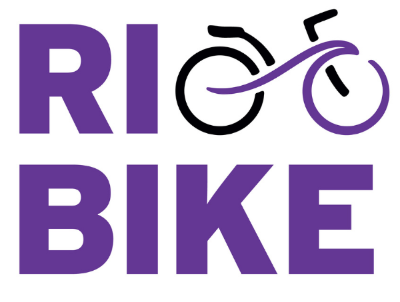The 2009 edition of the Manual of Uniform Traffic Control Devices (MUTCD, for those who enjoy alphabet soup) is finally out after a v-e-r-y lengthy delay. The MUTCD is the national guidebook published by the Federal Highway Administration that defines and regulates all traffic control devices, traffic signs, traffic signals, and pavement markings in the United States. For instance, a stop sign is a red octagon no matter where you go in the US because the MUTCD says so.
Shared-lane markings, or sharrows, are in the guide for the first time.
For years, many agencies have justified their decision not to apply sharrow markings to their streets by simply stating that, as sharrows are not in the MUTCD, using them would open the agency up to liability in case of accidents. Now that sharrows are “official”, that excuse no longer holds water, and we should see an explosion in the use of these markings, which are already in use in many locations around the country.
Why should we be glad for this? The sharrow, as defined in the Manual, serves 5 purposes:
A. Assist bicyclists with lateral positioning in a shared lane with on-street parallel parking in order to reduce the chance of a bicyclist’s impacting the open door of a parked vehicle,
B. Assist bicyclists with lateral positioning in lanes that are too narrow for a motor vehicle and a bicycle to travel side by side within the same traffic lane,
C. Alert road users of the lateral location bicyclists are likely to occupy within the traveled way,
D. Encourage safe passing of bicyclists by motorists, and
E. Reduce the incidence of wrong-way bicycling.
Essentially, the sharrow guides cyclists out of the door zone of parked cars, serves as a pavement-bound “share the road” reminder for motorists, and will hopefully lead to minimized “bike salmoning” – that is, biking on the wrong side of the street, or the wrong way on a one-way.
Just because sharrows are now in the MUTCD doesn’t mean that agencies must begin using them – but it does remove one potential impediment. The reconstruction plan for Broadway (that project should be underway in spring 2010) includes sharrows – these will be the first in Rhode Island. We should be glad for this, and we should advocate for greater use of sharrows in the Ocean State.
One last thing: in case you’re wondering what a state’s obligation is regarding when they need to start following these new regulations, here’s the skinny:
| Title 23 of the Code of Federal Regulations requires all States to do one of these three things within two years after a new national MUTCD edition is issued or any national MUTCD amendments are made: | |||
|
(It’s unlikely that any agency will actually take 2 years to adopt these standards.)
